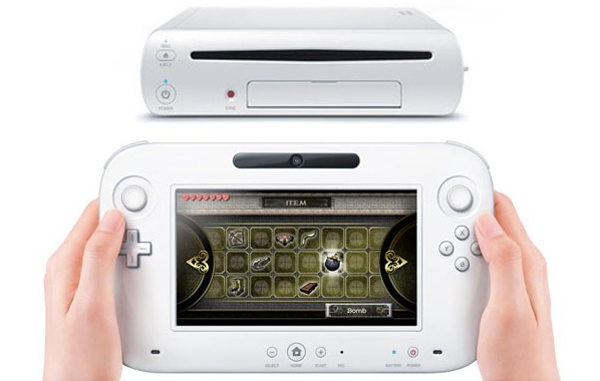Recently, the Wii U was released in Europe, and sooner in the US. Another Nintendo console with its Zelda Metroid Mario games, with yet another goofy controller, the Gamepad.
It's a bad tablet (monotouch), it's a bad controller (have you seen the size of it?!), the pro controller is a rip-off of the (perfect in my opinion) xbox 360 controller. And the specs. Oh, the specs ! It's so lame, so slow !
Well, it's gonna be another Nintendo console, right ?
Right ?
No !
A few days after the release in US, I started thinking about it for real.
The specs : I don't give a damn about it. We are currently playing with a 6 years-old PS3 and a 7 years-old xbox 360, and people still think they're powerful. When their successor will be out, a new generation of graphics will appear. A generation that's already ready, for quite a moment.
But I'm not here to talk about why or if the Wii U is a good system, I want to talk about the opportunities that the system can offer.
Nintendo consoles have always been better at local multiplayer, they are designed for that. But the Wii U can go one step further.
It can offer different gameplays.
As you have probably already seen, the gamepad can be used in platformers to create platforms.
- Hey, guys ! Can I play ?
- Eeeer... We're already four...
- Here ! you can have the gamepad, and touch, from time to time, if you feel like it.
But we've also seen NintendoLand, that shows not only the power of the console, but the opportunities gamedesigners should take.
Different gameplay for different players.
Why make a balanced game ?
In Mario Party, the rare moments when you have fun are the 3vs1 games.
In Saints Row, you can play a Golf car versus a tank. When the tank killed the golf car (it's not likely to be the opposite), the players switch, and there it is, it is balanced, because each player had the tank.
So why keeping your game balanced, if you can switch the balance ?
"Okay, but this works for short games or casual themes"
Not neccesarily;
Natural Selection and Nuclear Dawn both have 2 gameplays : a STR gameplay, and a FPS gameplay. The player can become a commander or a soldier.
On a tablet, the player can see both screens, and holds the whole system in its hands : he is bigger than the console, he can carry it, shake it, throw it. He's more powerful than the system.
The gamepad players however, only have one screen, heavy and big, lots of wires, it's bigger than them, and carrying, shaking, throwing the system would be a real effort. They are weaker than the system.
These two players can now easily meet thanks to the wii U. A god vs soldiers. Or is it a god helping soldiers ? or a god helping farmers ? Or a farmer, taking care of its sheeps ? or a wolf who wants to eat the sheeps ?
let's throw a random game idea :
the gamepad players are in first person, and are stuck in a labyrinth
the tablet is in an above view, and can move the walls
You now have developped a small vision of the game in your head. But now, you might be wondering : "is it cooperative gameplay, or competitive?". It's compatible with both.
about multiplayer with different gameplay, the Wii U could be what I was waiting for. Let's now see if I was right, or if we'll be playing Zelda with he inventory showing the scores on the table.

